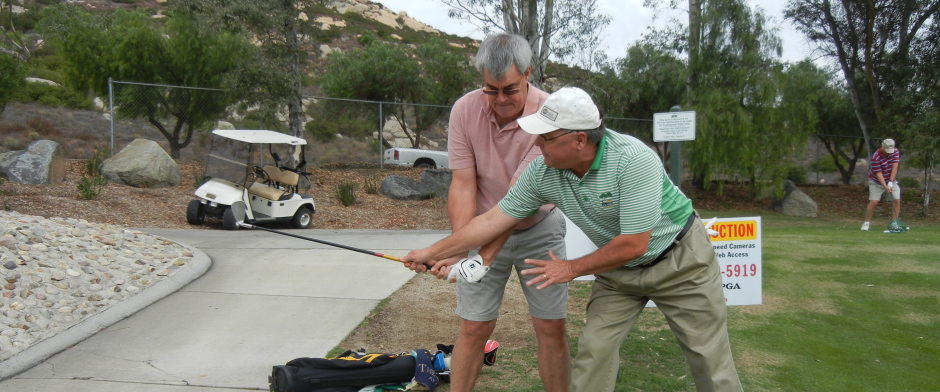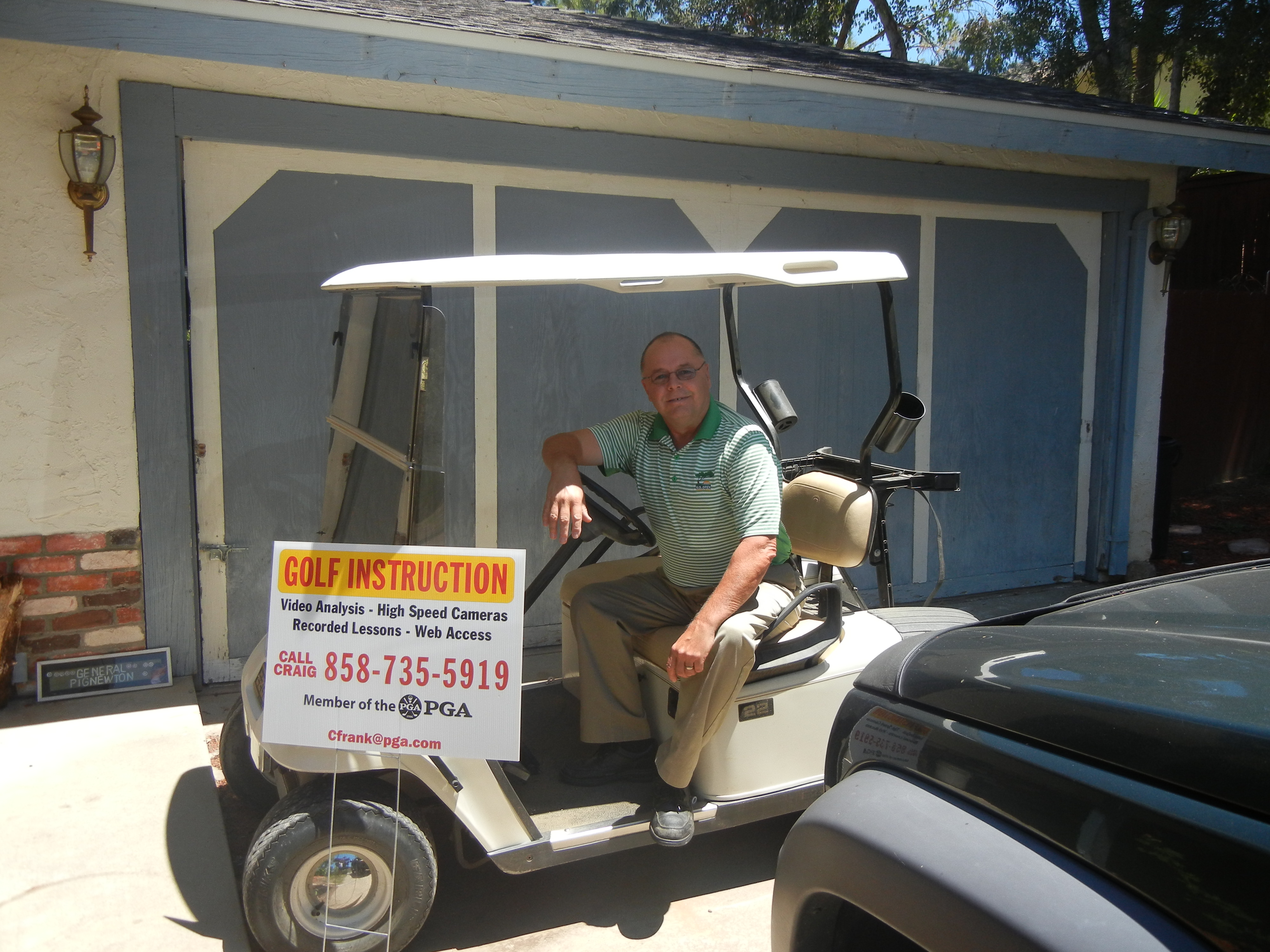One of the interesting aspects of practicing golf is almost 100% of the time students practice under the most ideal of situations. Rarely do we practice in the rain. And almost never when it gets too hot. The ground conditions are usually pristine and when not we are then striking the ball off of a nice green flat matt. I don’t remember ever playing under these conditions for an entire round of golf. This is where you need to let your imagination work for you.
If you are at your local range pretend that 175 yard marker is the far edge of a lake and keep track of how many drives come up short. (You can adjust this yardage marker to your ability…)
If you have trees on your range practice seeing what club you need to clear them at a certain distance.
When I was working on my game many years ago I used to go real early to a range next to where I lived to get some time in before any other golfers arrived. This allowed me to use a sand bunker near the range as a fairway bunker by turning 90 degrees around. It had a small lip from this direction and I could launch balls to the range over the hitting stalls. Of course this wouldn’t be possible if anyone else was there but it gave me an opportunity to try different clubs hitting fairway bunker shots you wouldn’t normally be able to practice.
Another time I would get there early and practice out of the grass at the far right edge of the range. They couldn’t mow the grass close to the fence leaving around a 3 foot strip of 6 inch long blades. Now I could adjust my swing and club selection for those few (more than few?) times I missed the fairway.
When you practice your short game don’t always play from that perfect lie. Drop the ball in a divot. Play off hard pan. Put a clump of sod in front of your ball. Play under the conditions you might experience on the course. Use your imagination to create these scenarios and the “real” game will be much easier in the long run.


